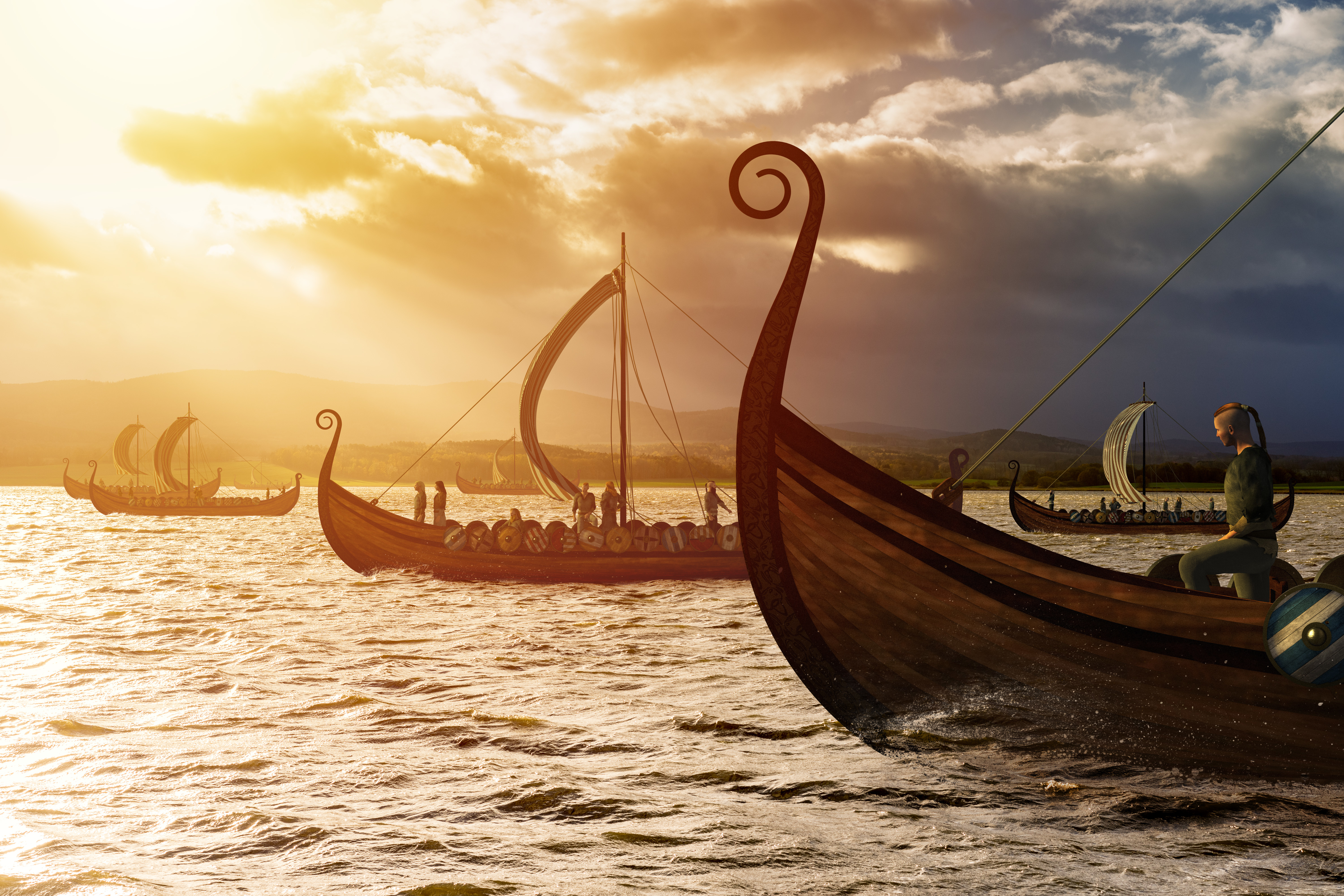
The opening comments in all the books I read on the Viking Age explore the limits on our knowledge of the Viking era. Seems to me most of the reliable information has been developed in the last century or so.
Like my discussion of other books on the Vikings and Romans, this series of posts will describe some things I find particularly interesting. My hope is this will be interesting to others as well.
With the series on this book I will start bringing in other things I have learned from previous reading.
Researchers don’t really know that much of the Viking Era
Like other authors, in The Vikings Else Roesdahl points out most of what we know of the Vikings is from contemporary victims of the Vikings or from reports written long after the Viking era ended.
As a result, as the author says, it is difficult, if not impossible
“to distinguish pure fiction from an embellished version of an event…”
and to separate
“improvements and additions to make the story more coherent, from what was once objective reality.”
Later in the book the author points there are few sources of information about navigation techniques of the Vikings. As a result we know little of how they found their way around the oceans and seas.
With all we know about Kaupang and Hedeby, it is intriguing the author says most international trading towns in the Viking age are still unknown.
Royal fortresses during the Viking age existed, but most are unknown. Of those found, only a few have been excavated. Thus there is minimal knowledge of royal fortresses.
I frequently see qualifiers like what appeared in this text. “As far as we know”, probably, we think, and likely show up as routine qualifiers in books on the Vikings.
Knowledge is improving
Recent research has revealed more of the actual substance of the time.
Extensive archaeological research over the last century has been enhanced by multidisciplinary analysis.
Dendochronology can calculate the age of timber and planks.
Metallurgy can analyze metal and give hints of age, composition, and construction techniques of tools and weapons.
Ongoing random, haphazard discoveries of burial sites add more data, from which inferences can be drawn, which in turn adds knowledge of wealth and customs.
Recovery of some intact ships which were partially preserved underwater (the Skuldelev ships) provided lots of information on actual ships.
Some researchers have used this and other information to reconstruct Viking ships and take them out on the open ocean.
So while the ancient knowledge from contemporary sources is limited and of shaky reliability, more recent research has expanded our knowledge of the Viking Era.